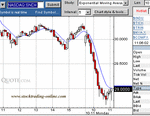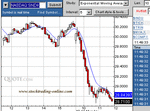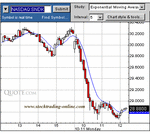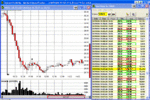Sirlosealot
Member
- Messages
- 63
- Likes
- 4
Richard
Thanks for your reply which is not at all too long and must be very lucid (despite the wine) as I can easily understand it through a haze of a good but incandescent home made curry washed down with liberal amounts of lager. I do find it very useful (your help that is –not the curry) and very much appreciate both your posts and the answers.
What you say drives home just how much more I have to do before I’ll be profitable. But its very useful to get feedback such as this to help keep me on the straight and narrow.
Regards
Gerard
Thanks for your reply which is not at all too long and must be very lucid (despite the wine) as I can easily understand it through a haze of a good but incandescent home made curry washed down with liberal amounts of lager. I do find it very useful (your help that is –not the curry) and very much appreciate both your posts and the answers.
-ha ha –Sorry about that. It would probably help my trading if I knew the difference between support and resistance. And this was before the lager.Mr. Charts said:"resistance"?
What you say drives home just how much more I have to do before I’ll be profitable. But its very useful to get feedback such as this to help keep me on the straight and narrow.
Regards
Gerard




